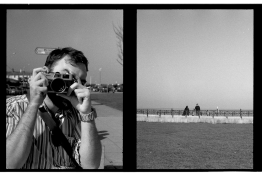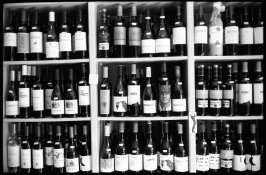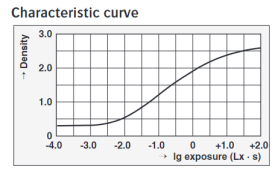spl
Member
I have a beautiful Canonet QL17. When I photographed with it first I was taken aback by the beauty and clarity of the images except there was a dark splodge (-2ev~) due to a mark on the rere element that I was assured by a professional wasn't fixable ... So I fixed it with 0.5 micron diamond polishing paste. The lens still has its coatings front and back and the shots are now perfect.
So my question? Given that this lens opens to f/1.7 ... what do I do with it?? I like contrast so I seek bright sunny days for Ilford FP-4 but I might as well have a f2.8 or f4 lens if I use a film more than ISO 6.
I can do Infrared with it ... and I will. But what is the advantage of a f/1.7 lens in practical terms if good lighting conditions won't let it open out to f/1.7?
So my question? Given that this lens opens to f/1.7 ... what do I do with it?? I like contrast so I seek bright sunny days for Ilford FP-4 but I might as well have a f2.8 or f4 lens if I use a film more than ISO 6.
I can do Infrared with it ... and I will. But what is the advantage of a f/1.7 lens in practical terms if good lighting conditions won't let it open out to f/1.7?






